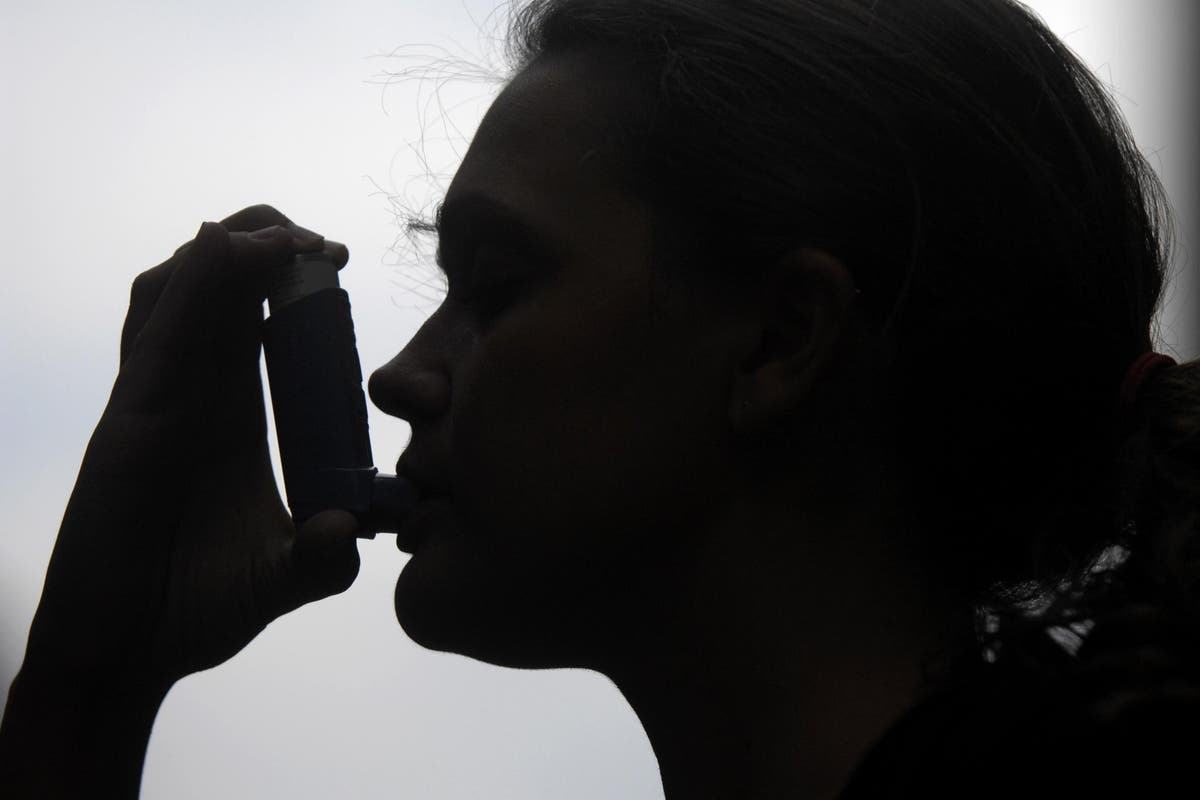Researchers from 15 countries, led by Amsterdam UMC, have developed a way to predict which patients are at risk of epilepsy after a cerebral venous sinus thrombosis (CVT). CVT is a type of stroke that typically affects women between the ages of 20 and 50. The prediction model is now available worldwide free of charge and research it is based on is published today in JAMA Neurology.
We hope that as many physicians as possible will use this score to better treat and educate CVT patients across the world." Jonathan Coutinho, lead researcher and neurologist at Amsterdam UMC CVT occurs when a clot blocks the veins that drain blood from the brain, preventing blood from draining properly. In the Netherlands, it affects 250 people every year, three-quarters of whom are women, occurring mainly in younger people, between 20 and 50 years old.
One in ten of these patients develops epilepsy after the stroke, often months later, as a result of the damage to their brain damage. "These patients usually have to take medication for life and epilepsy has, naturally, a negative impact on their quality of life. Until now, it was not possible to predict which patients have the highest risk of developing epilepsy after sinus thrombosis," says Coutinho.
Due to the relative rarity of the disease, it is difficult to collect data from a sufficient number of patients. The Amsterdam UMC team therefore collaborated with researchers from 15 countries, including more than 10 centres in the United States. To.


















